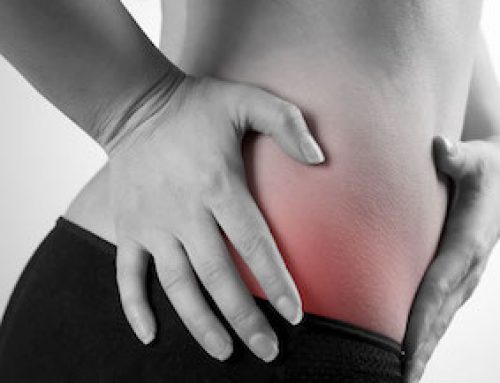What is FAI?
The diagnosis of FAI Syndrome or Femoroacetabular Impingement Syndrome is a combination of 3 elements to create that diagnosis.
- There is evidence of a slightly different shaped ball and socket joint on Xray, which results in a restriction of movement in the hip. These findings on an x-ray can include either;
 Pincer Morphology – which is simply a name for the shape of the socket. If the socket is slightly deeper than expected it can be called Pincer Morphology by your radiologist on your x-ray
Pincer Morphology – which is simply a name for the shape of the socket. If the socket is slightly deeper than expected it can be called Pincer Morphology by your radiologist on your x-ray
Cam Morphology is the other finding on x-ray. Cam Morphology simply describes the shape of the ball part of the hip socket. If the ball is slightly bigger or contains a bony bump into the femoral neck this is known as Cam Morphology.
Naturally, as with any finding on an x-ray, there can be a range of sizes with Pincer or Cam Morphology. Just because you have these findings on x-ray does not mean you have FAI. It simply means you have a slightly different shaped ball and socket joint. In actual fact the finding of Cam Morphology or a slightly bigger bony ball part of the socket can be very common in the athletic male population, up to 50% off athletic men have this shape evident on their x-rays and it does not necessarily spell disaster, it can simply mean that they have slightly less movement available in their hip joint.
- As well as having findings on x-ray of Pincer or Cam bony shapes to diagnose FAI you also need to have an Orthopaedic or Physiotherapy assessment to determine if your pain is actually caused by your hip joint. Your therapist can perform two or three simple tests to determine if your pain presenting is caused by your bony hip shape.
- Symptomatic pain with hip activities, if the pain in your groin and hip joint occurs with hip activities such as deep squats, hip movement or actions involving load through the hip, it is also the third element that is required to diagnose FAI.
So FAI is not detected just on an x-ray, an x-ray will only show the shape of your bones. There are many people that also have these changes to their hip bone shape and they do not necessarily have pain. FAI therefore is diagnosed as a combination of x-ray findings of an altered hip joint shape (Pincer or Cam Morphology) plus hip pain with hip activities such as twisting, running, getting in and out of a chair or deep squats, as well as a physiotherapy or orthopaedic assessment to determine if your pain is actually caused by your hip joint.
There can be many reasons why some people have these changes evident on their x-rays (such as Pincer or Cam bony shapes) and do not have hip pain, and this commonly includes how much strength they have available to support the hip joint. If you do not have a good muscular system or good strength to support the hip joint then your hip joint is far more vulnerable to problems such as impingement.
Would you like to learn more about how to manage your FAI? Click here.
Find out why stretches won’t help FAI with this short video!
I hope this helps explain that it’s not just an x-ray that’s required to assess your hip! FAI diagnosis is a combined element of these three factors- your X-rays, your painful activities and a physio or orthopaedic assessment. Strengthening the hip joint is an essential part of managing your pain, learn more about what exercises to do and what exercises to avoid by clicking here.
Or simply check our YouTube channel for more information!





Leave A Comment